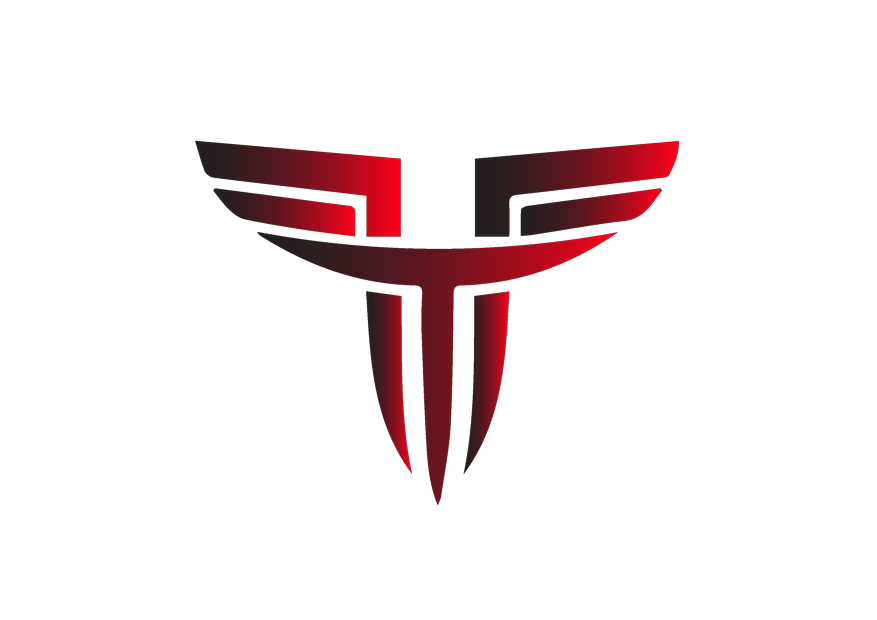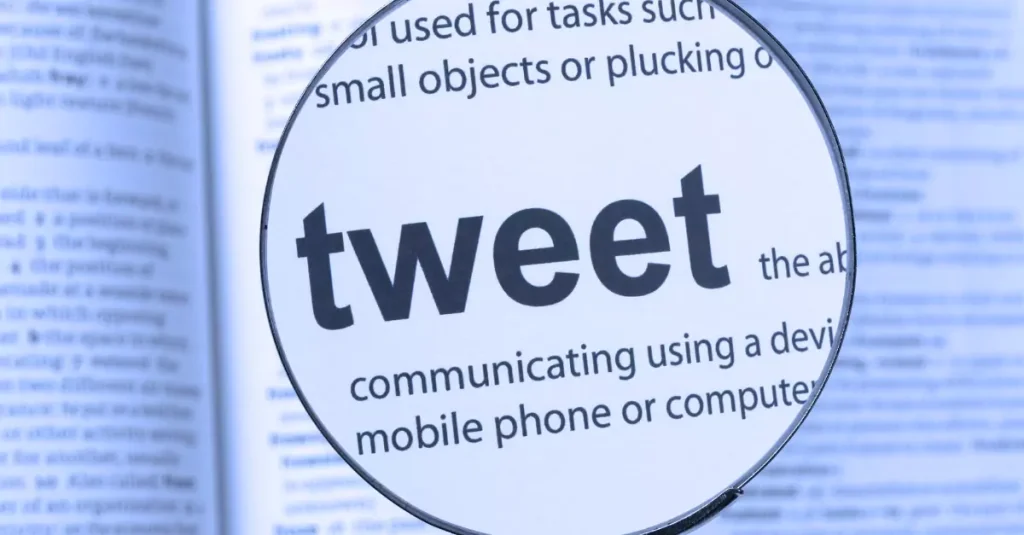I worked with a quiet analyst who hated “post daily.” Brilliant. Camera shy. We built a once-a-week routine around one idea, one proof, one ask. Twelve weeks later, her Fridays were for inboxing leads, not doom-scrolling. That is the point of a brand system. It earns while you focus on the work.
Depth travels. Noise dies fast.
The quiet-brand thesis: depth beats frequency
You do not need to be everywhere. You need to be somewhere specific, with something specific to say, to someone specific. When you do that, you stop chasing reach and start earning attention.
Keep the structure simple.
- One idea per post.
- One proof that the idea works.
- One ask that starts a real conversation.
Say less. Land harder.
Why this matters now
Everyone is sprinting to react. The feeds are crowded. The only way through is clarity. If your post holds attention, it moves. If it meanders, it vanishes. Depth is not a nice to have. It is the distribution strategy.
One idea. One proof. One ask. Repeat.
Use thinking time as your edge
You do not have to jump on every trend in the first hour. Let the noise spike, then settle. Think first. Post later. When others rush, you create the angle people remember.
How to do it this week
- Save the hot topic. Sleep on it.
- Write a three-line summary of what everyone missed.
- Add one proof only a practitioner would know.
- Ship it after the spike. Your thoughtfulness will feel original, not reactive.
Pick one home base and own it
Choose a platform you can live with for three months. LinkedIn. Newsletter. Blog. That is it. Add one mirror if you must. Not five. Hold this for 8 to 12 weeks before changing anything so signal has time to build.
Which home base fits you best
| Platform | Why it suits introverts | Time per week | What to watch | When it is a bad fit |
|---|---|---|---|---|
| Fast feedback. Built-in discovery. Writing first. | 90–120 min | Saves, comments, profile views | If you avoid any social interaction | |
| Newsletter | Owned audience. Quiet depth. | 60–90 min | Clicks, replies | If you will not send at least twice a month |
| SEO blog | Evergreen library. Compounds over time. | 2–3 hrs | Organic sessions, leads | If you avoid basic on-page SEO |
A weekly rhythm that does not drain you
- Monday: draft for 90 minutes.
- Wednesday: publish late morning when your buyers are active.
- Same day: 20 minutes of thoughtful comments where your buyers already read.
- Friday: reply to DMs and emails. Book calls. Close loops.
Miss a week. Fine. Return with a short recap. What you tested. What you learned. What ships next. No apologies. Just momentum.
Share your work, not your life
Personal brand is not a diary. You can keep your private life private and still build authority. Lead with your craft. Show ideas, systems, and results. Not breakfast.
Eight formats that travel without oversharing
- Teardown of a broken flow or page
- Before-after snapshot from a quiet win
- Checklist you actually use
- SOP snippet that saves time
- Tiny calculator that answers “is this worth it”
- Myth you keep correcting on sales calls
- Template that speeds up a task
- Mistake avoided, tradeoff spelled out
Proof without exposure
Use roles instead of names. Bucket numbers. Remove exact dates that make someone obvious. Screenshot the method, not the person. If the result is sensitive, write the learning as a principle and share a redacted table. You are not hiding. You are being professional.
Share the work. Keep your life.
Build reputation through writing
If writing energizes you more than a camera, make writing the engine. One well written article can generate leads for months. Answer the questions your ideal clients actually ask. Each answer becomes:
- a short LinkedIn post
- a newsletter bite
- a tiny FAQ on your site
Over time that body of work becomes your library. It signals you are the go-to for a specific problem without asking you to perform on video every day.
Pillar and clusters that compound
Make one pillar page on your specialty. Think “Onboarding analytics framework” or “Positioning for B2B services.” Then write five cluster posts that answer People Also Ask-style questions. Link both ways. Now every new post has a home and a route back to the main idea.
Batch like a pro without burning out
The always-on approach is not your style. Fine. Build a system that respects your energy and still keeps you visible.
One day a month. Closed door. 4 to 8 pieces.
- Pull five client questions and three objections from the last month.
- Choose one pillar theme and three cluster angles.
- Draft four core posts that answer real questions.
- Add two support posts that share a checklist or SOP snippet.
- Create one template and one tiny calculator to earn saves.
- Schedule them across your home base and mirror.
Use AI to repurpose across platforms
- Turn the article into a LinkedIn post and a simple 5-slide carousel.
- Lift the core insight into a 2-paragraph email.
- Save a compressed image for each post and write alt text that actually describes the graphic.
- Keep the tone human. Keep the message identical. The format changes. The idea does not.
Cap your daily engagement at 20 minutes
Set a timer. Comment where your buyers read. Add value once. When the timer ends, close the app. Creates impact without draining your energy.
A weekly plan you can keep
Here is a loop I use for clients who hate posting daily.
Monday plan
Pick one question from sales calls. Draft a headline that states the value up front. Example: “The single metric that predicts onboarding churn.” Keep the post under 220 words. Add a tiny table or screenshot. End with a clear ask: “Want the template?”
Wednesday publish
Ship late morning. Invite saves with specificity. Example: “Save for your next onboarding review.” Ask for a small reply. “Want the template?” gets replies. “Thoughts?” does not.
Same-day engagement
Spend 20 minutes on comments in threads your buyers already read. Add one thought that moves the conversation forward, not a promo for your post. If someone replies with a real problem, offer the template and a quick question. Keep it useful.
Friday follow-through
Reply to DMs and emails. Offer one short call slot if a question needs more than two back-and-forths. Log what triggered the reply so you can reuse that angle next week.
Repurpose without feeling like a mill
| From your article | LinkedIn post | Carousel beats | Email bite | Site FAQ | Short video |
|---|---|---|---|---|---|
| Problem | 2–3 line hook | Slide 1 title | One-line opener | “What causes X” | 10-sec hook |
| Insight | 120–180 words | Slides 2–3 | 2 bullets | 2 short paras | 20-sec explain |
| Proof | Mini table or screen | Slide 4 chart | 1 stat or micro-result | Cite the method | 15-sec proof |
| Action | One clear step | Slide 5 checklist | One action | Steps 1–3 | 10-sec CTA |
You did not create more work. You created more doors into the same room.
Proof and metrics that actually map to pipeline
Track what predicts trust and calls. Weekly, look at saves, comments, profile views, email clicks. Monthly, count qualified replies and booked calls. Define your green, yellow, red bands.
Simple bands
- Green: saves up, replies up, at least two booked calls a month
- Yellow: flat saves, replies down, calls unpredictable
- Red: two weeks without replies, zero clicks
If you hit red twice, change the angle before you change the cadence.
Quiet scale from one post a week
There is no rule that says you must post daily to win. If your weekly post delivers real value and signals you know your craft, a single platform can power a serious consulting business. Yes, even seven figures when the offer, audience, and proof line up. The constraint is a feature. You build trust by showing up with substance on a schedule people can rely on.
Sustainable visibility system
Batch. Schedule. Step away. That is how you protect your energy and still show up. Here is the complete checklist.
Monthly batch day checklist
- Pull five client questions and three objections from last month
- Choose one pillar theme and three clusters
- Draft four core posts and two support posts
- Create one template and one tiny calculator
- Draft one 1,000 to 1,400 word article that anchors the month
- Repurpose with AI into a carousel, an email, and a site FAQ
- Create one simple image per post and compress before upload
- Schedule everything for the next four weeks
- Book four 20-minute engagement slots per week
- Log saves, replies, clicks, calls
- Debrief what worked and why
Tools and templates that are enough
You need three basics. A writing editor. Native scheduling. Lightweight analytics. Add a simple CRM or spreadsheet to track replies and calls. That is enough to scale a quiet brand.
Starter stack idea
Draft in Docs or Notion. Schedule natively on LinkedIn. Send email with your tool of choice. Track in a simple sheet. Stop shopping. Start shipping.
Common stuck points and fixes
- “I have nothing new to say.” You do. Pull five questions from last month. Answer one a week.
- “I hate showing my face.” Then do not. Use screenshots, redacted tables, diagrams.
- “I run out of time.” Batch a month in one morning. Schedule it. Protect it.
- “My posts feel flat.” Add one proof. A number. A tiny before-after. A client role with a bucketed result.
- “No one replies.” Ask a smaller question. “Want the template” gets replies. “What do you think” does not.
Do less. Win more.
One idea a week. One proof people remember. One ask that opens a door. Keep that rhythm for a quarter and the math starts working. More saves. Better replies. The right calls.
You do not have to perform. You have to be useful. Pick the home base you can live with. Post when your buyers are around. Protect the energy that lets you think clearly.
If life gets messy, run the mini-sprint. Sixty minutes. One real question. One tight post with a tiny table. Schedule it. Close the tab. Go live your life.
I am happy to map your 12-week plan from your last five client questions. Friendly. Focused. No fluff.
No. You need a repeatable way to share useful work. One platform can be enough if your posts hold attention.
Yes, if the post delivers substance and earns saves or replies. Timing helps. Mid-week, late morning fits many B2B rhythms.
Share work, not life. Teardowns. Checklists. SOP snippets. Templates. Redacted case snapshots.
Saves, comments, profile views, and email clicks. Treat opens as directional. Optimize for replies and booked calls.





